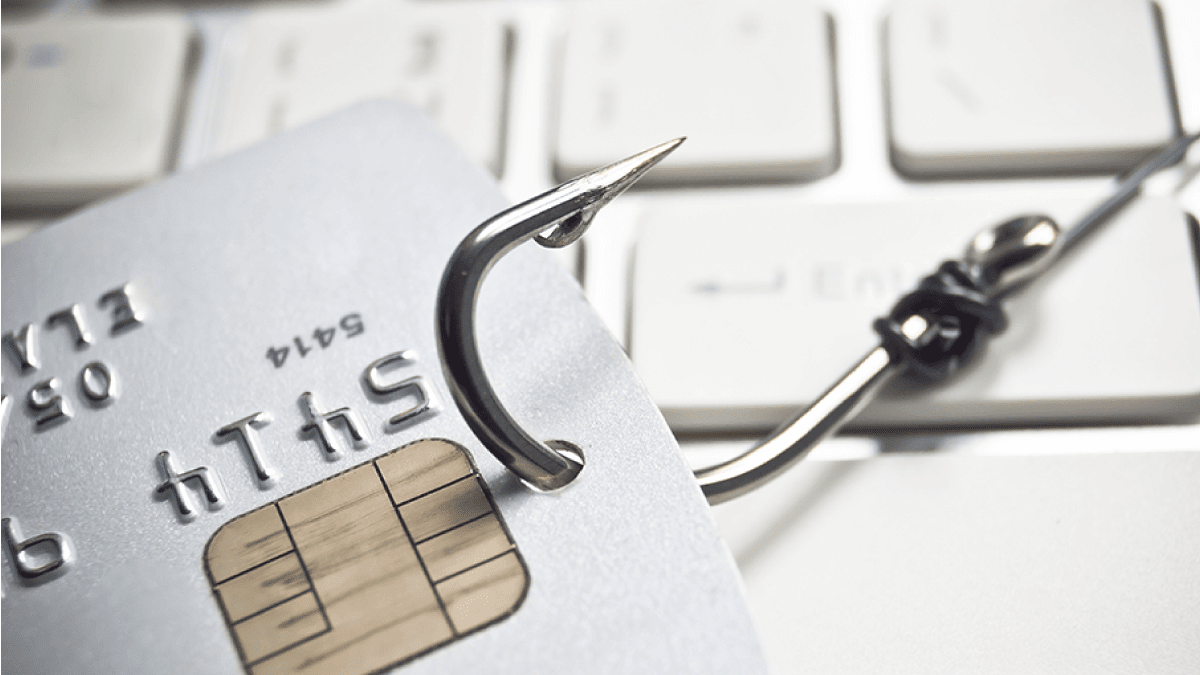Online payments are by far the most popular form of transaction in the world today. According to a study by Experian, over 90% of consumers around the world rely on online payments for purchasing goods and services. This increase in online payments, however, brings with it an increase in transaction fraud.
As of June 2018, 63% of businesses around the world reported experiencing at least as much loss because of fraud through online payment channels during the past year as they did during the previous year*. When faced with increasingly secure fraud-protection systems implemented by much larger businesses, fraudsters begin to target smaller, less-secured businesses to try their luck. However, there are ways to protect your small business from these fraudulent attacks.
In this article, we’ll be looking at some of the avenues through which these fraudsters can attack you, and what you can do to reduce their impact on your business.
What is payment fraud?
Payment fraud occurs when someone steals another person’s payment information and uses it to make unauthorized transactions or purchases. The actual cardholder or owner of the payment information then notices their account being used for transactions or purchases they did not authorize, and raises a dispute. This is where the issue arises for business owners, as they will have to settle the dispute, pay numerous penalties such as chargeback fees and investigation fees, and face an overall loss of time and resources. In some cases, customers themselves can falsely initiate a chargeback, denying ever having received the product. This is also a form of payment fraud.
If merchant account providers such as banks find it increasingly insecure to be involved in a business’s transactions, the business might have their merchant account deactivated due to the risk of fraud. It’s easy to see how problematic payment fraud can be for business owners.
Let’s take a look at some of the major types of payment fraud that can affect your business.
Types of payment frauds
1) Identity Theft: This occurs when an individual conducts a fraudulent transaction under the guise of somebody else. Rather than create a new identity altogether, fraudsters simply steal the personal and banking information of someone else, and use this new identity to make false purchases and transactions. This is the most common type of payment fraud.
2) Friendly Fraud: Sometimes, after having received a product or service, the customer will falsely initiate a chargeback and deny ever having received it. Not only do they get their amount refunded, but they also get to keep the product or service. This is also a prevalent type of payment fraud, and despite the name, it’s anything but friendly.
3) Clean Fraud: This type of transaction fraud is the hardest to detect. Fraudsters carefully analyze businesses’ fraud-detection systems, and use stolen valid payment information to navigate around them.
These are some of the most common ways payment fraud occurs. While it is not possible to completely eliminate these attacks, you can mitigate the risks of them impacting your business by taking the right steps. Let’s look at some of them.
How do I reduce the chances of fraud affecting my business?
1) Monitor transactions carefully: Make sure you monitor and verify all important information during a transaction, such as shipping address, IP address, amount, and date. This helps keep track of transactions and reduces the chances of any important detail being altered without you noticing.
2) Restrict access to confidential information: By restricting access to confidential details, you’ll be able to reduce the chances of any important information being leaked or accidentally landing up in the wrong hands. Only provide access to confidential information to people you trust, and employees whose role in your business requires them to have access.
3) Encrypt transactions and emails: Encrypting any document before sending it to someone else ensures that the person can only view the document, and not manipulate or alter the data in it. This ensures that there is no chance of customers changing important information and using it for unethical purposes.
4) Avoid paper checks and invoices: Apart from being a hassle, conducting business transactions and recording them on paper makes your information very susceptible to being stolen.
5) Use strong authentication procedures: Using a multiple-factor authentication system further ensures no unknown individual can have access to your finances.
6) Keep up to speed on fraud trends: It also helps to keep up to date on the latest types of fraud. With business functioning primarily online and becoming increasingly connected, fraudsters are always finding new and lucrative methods to obtain and use private information. It is in your best interest to ensure you stay on top of the latest kinds of fraud affecting other businesses around the world, so that you can implement the necessary security to protect your business from them.
Keep your business safe from online payment frauds
There is no guaranteed method for payment fraud prevention. By taking certain precautions however, you can minimize the damage they cause and make sure your business has the best chance to thrive despite them.
Source: *2018 Experian Global Fraud Report. Retrieved from https://www.experian.com/assets/decision-analytics/reports/global-fraud-report-2018.pdf
